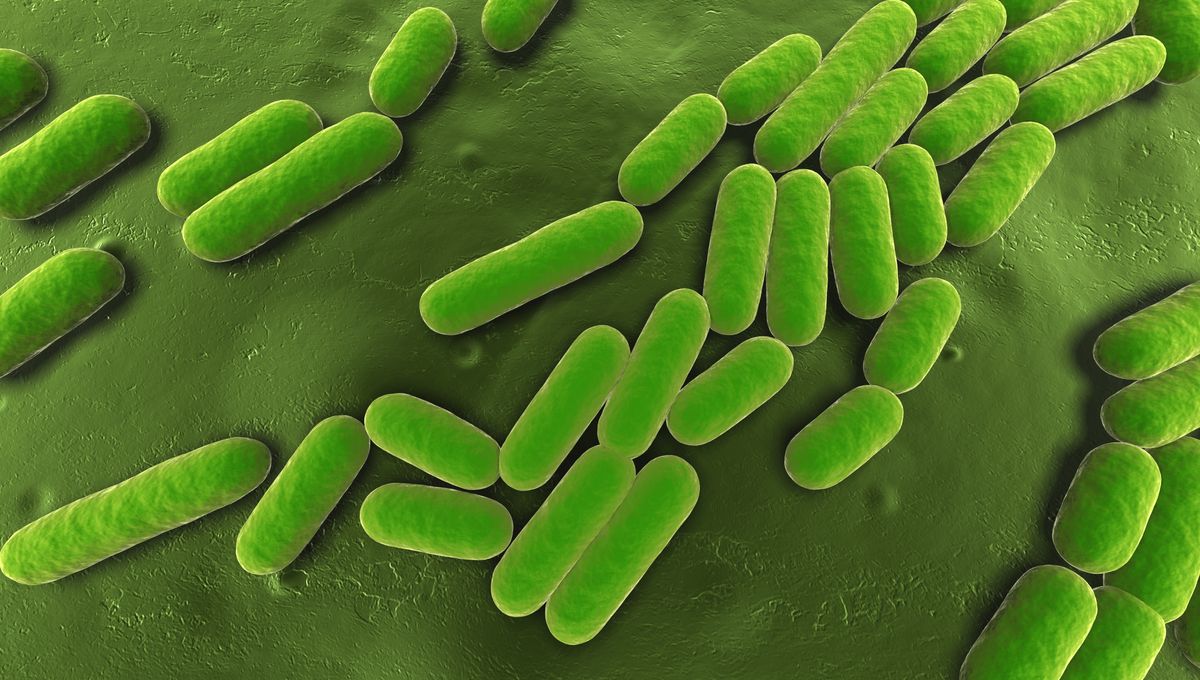
Deep beneath the ground in South Dakota’s Black Hills, there lives a bacterium that has the potential to rapidly turn carbon dioxide (CO2) into a solid mineral under extreme conditions. If scientists figure out how to harness these bizarre microbes, they could offer a new way to capture greenhouse gases in depleted fossil fuel reserves.
Researchers at Soeder Geoscience LLC and the South Dakota School of Mines and Technology recently went on a hunt for carbon-sequestering microbes that can cope with the intense temperatures and pressures found beneath an oilfield.
They managed to root out three promising candidates. One of these was a species of Bacillus bacteria, located 1,250 meters (4,100 feet) beneath the ground at the deepest underground laboratory in the US, the Sanford Underground Research Facility in the South Dakota Black Hills.
The two other species were a Geobacillus species, which is also adapted to high heat and pressure, and Persephonella marina, a “hyperthermophile” found living in the hydrothermal vents of the Pacific Ocean that can tolerate temperatures up to 110°C (230°F), seawater salinity, and high pressure.
The bacteria were put through a series of lab experiments that subjected them to a range of extreme pressures, temperatures, and acidities.
Their preliminary results suggested the optimum conditions for the microbes to produce calcite crystals from CO2 were 500 times greater than the pressure at sea level at 80°C (178°F). Under these extreme conditions, the bacteria could convert CO2 to carbonate crystals within 10 days.
The bacteria pull off this feat thanks to an enzyme called carbonic anhydrase that catalyzes the reaction between CO2 and water.
The void spaces left by depleted oil and gas fields are an ideal location to store captured CO2, thereby stopping it from entering the Earth’s atmosphere where it acts as a greenhouse gas and drives climate change.
Since these bacteria can work their magic under the harsh conditions found in depleted oil and gas fields, it opens up the possibility of injecting them into the underground voids and sequestering the CO2 permanently.
Furthermore, the solid carbonates could effectively work as a “plug” that stops residual liquids and gas leaking out from the abandoned oil wells.
While much of this is hypothetical for now, advances in carbon capture technology such as this could be an invaluable tool in tackling the climate crisis.
Of course, the possibility of carbon capturing should not negate the urgent need to reduce the burning of fossil fuels; there’s no point mopping up the floor when the bath is still overflowing.
The research was presented at the American Geophysical Union conference in San Francisco late last year.
[H/T: New Scientist]
Source Link: Bacteria Found 1,250 Meters Under Earth Can Turn Carbon Dioxide Into Crystals